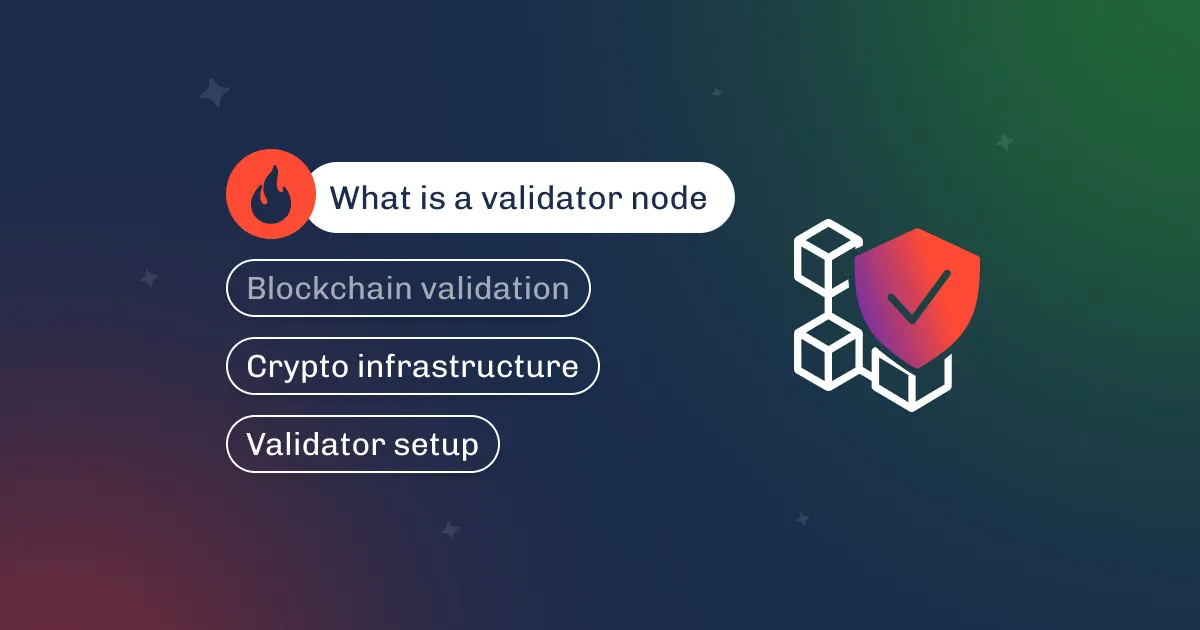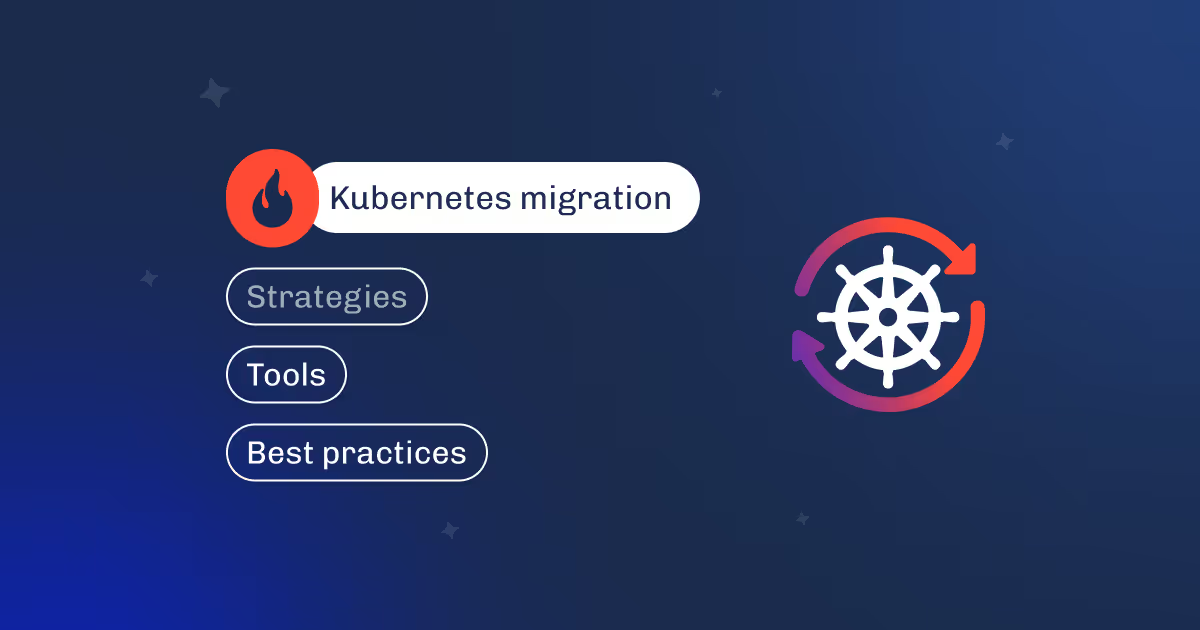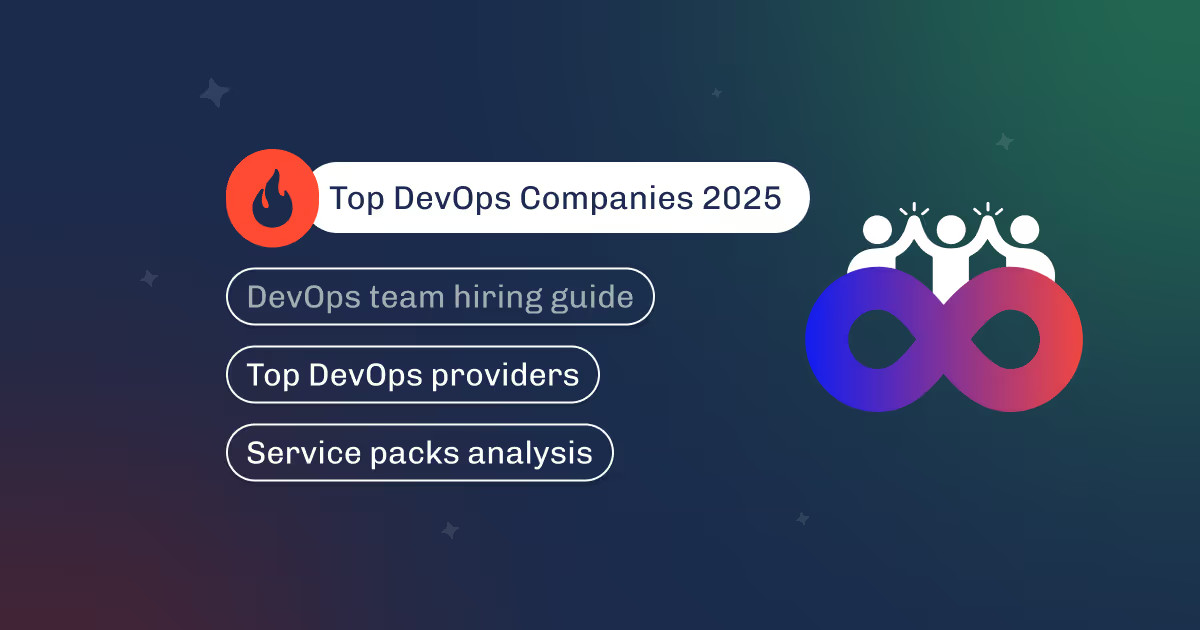

DevOps is a proven solution to many of the challenges that keep CTOs up at night—whether it’s scaling efficiently, reducing costs, accelerating deployment cycles, or tackling complex architectural and infrastructure issues. However, the DevOps benefits depend heavily on having the right team in place; the wrong fit can stall progress and waste resources.
Whether you’re a traditional business starting your digital transformation or a fast-growing technological startup needing a boost, DevOps practice can bring you that new slice of the market pie.
At Dysnix, we’ve developed an approach to selecting the ideal DevOps team for your needs, according to your company’s maturity, business objectives, budget, and any legacy challenges from previous DevOps initiatives.
This market is structured in several interconnected layers, each serving a distinct function in the software delivery lifecycle. And these layers—in the solution dimension—refer to:
As you might be interested in implementing DevOps as a framework, you’ll need all of those “layers” served by one team. And each case needs its own mix and procedure of DevOps implementation that will bring the ROI fast and gradually improve the whole project to another quality level.
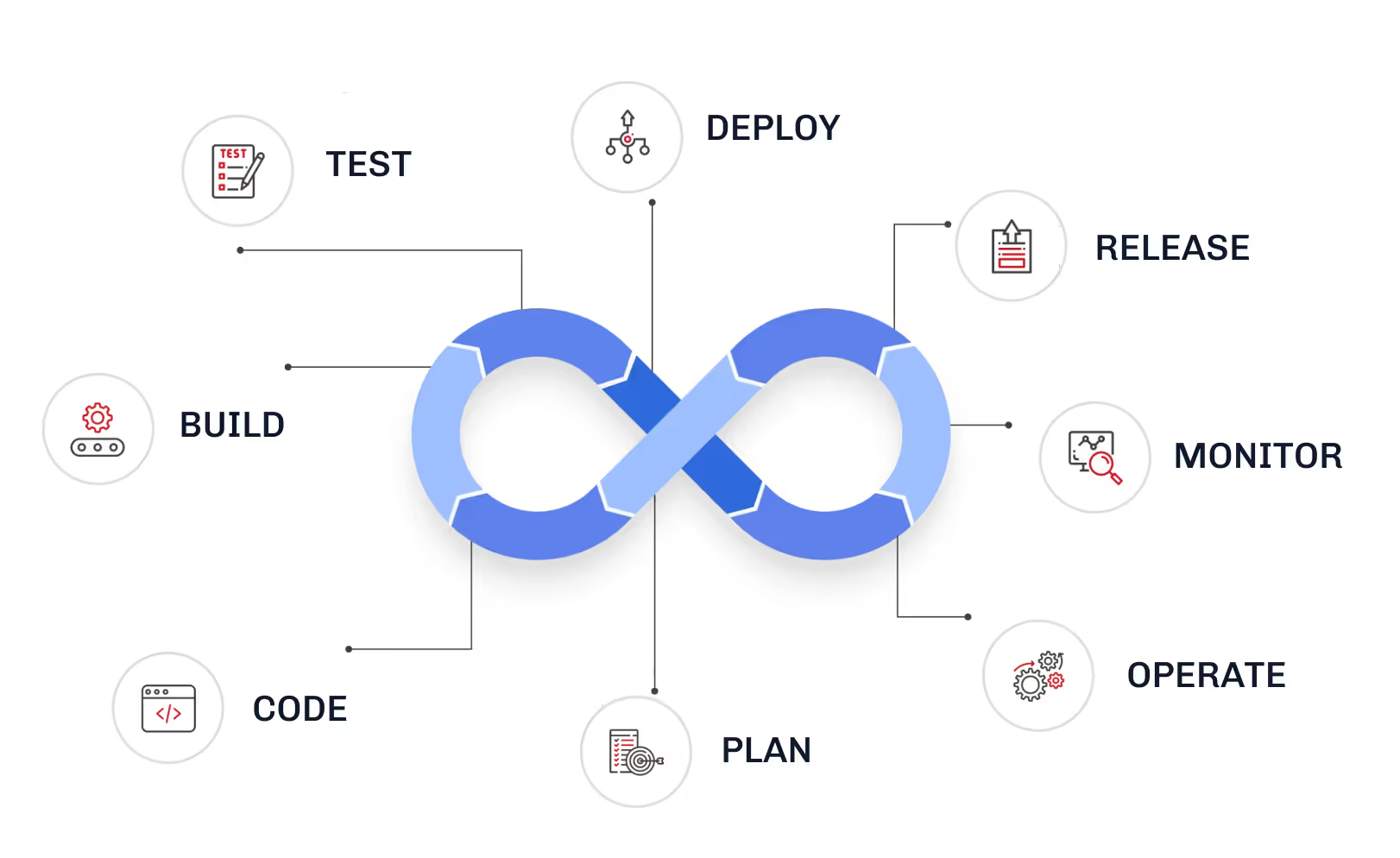
On the other hand, if your development and operations machine has already been launched but doesn’t bring that volume of expected benefits, then you need a consultancy, multiplied by niche specialization in one of the mentioned layers. First, determine the problem, then cure it. In most cases, hiring even more DevOps experts for the team won’t improve the whole project, but an external audit can highlight all that needs to be repaired.
Thus, the general goal of any DevOps company is to make things work genuinely better.
No magic pill expected, OK? You must call through the list of providers, collect all the data on conditions, offers, visions, and make the right choice.
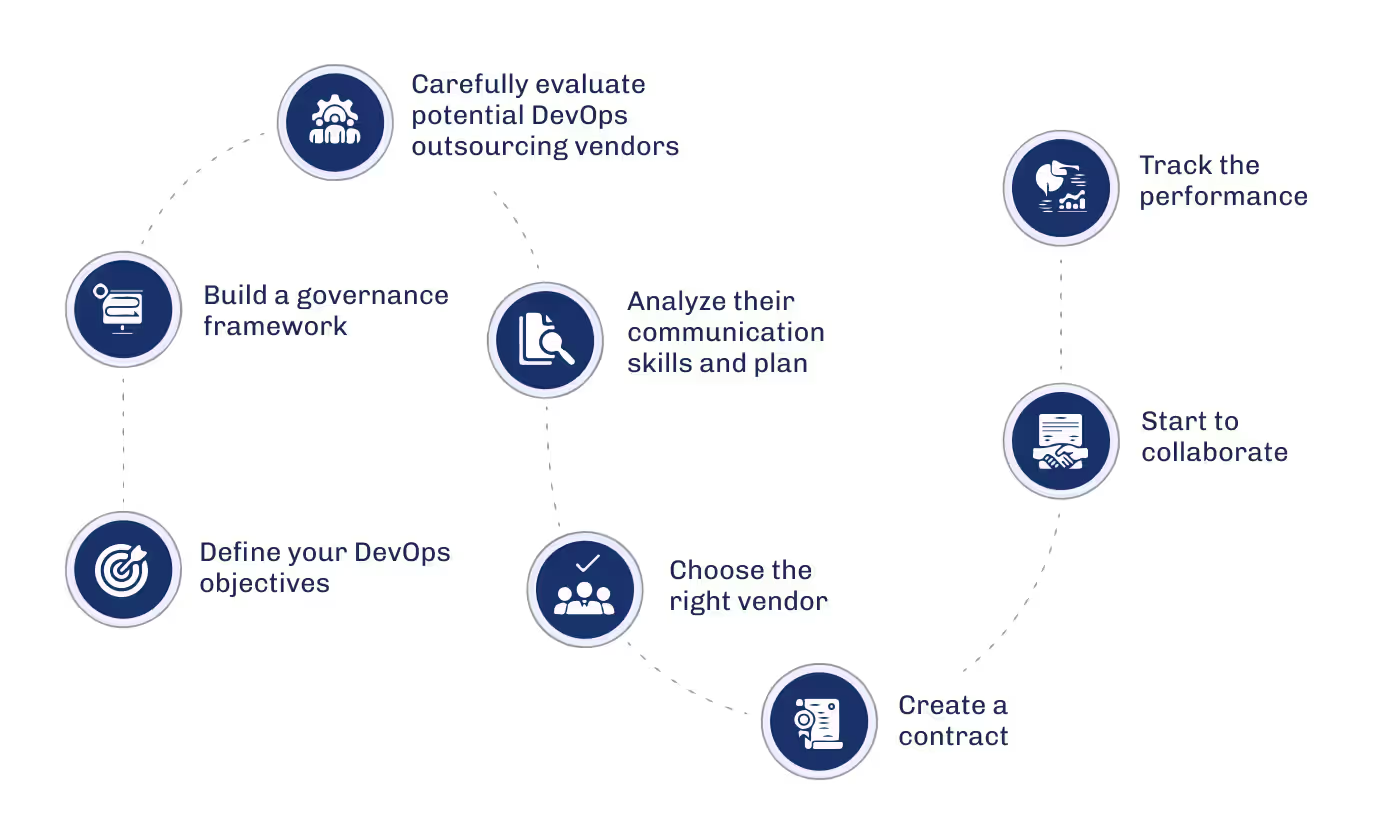
But before you start making the list of service vendors, consider the following facts.
These companies are called in when growth outpaces infrastructure. The most common pain points they address:

If you have no idea where to start with your project or what exactly should be first, ask your DevOps partner for a “quick wins” roadmap. Early results build trust and momentum.
While addressing these growth zones, there’s a high chance of solving many architectural and/or infrastructure imperfections that limit the project’s growth. Well-engineered DevOps impacts the reasons for those limitations, refusing to fix only the surfacing symptoms, so the system updates faster.
Having a talented development and operations engineer by your side from the first days of your project is always a good idea. The main thing that shouldn’t be missed is security—that’s not about over-engineering, but common sense.
So here’s what your project might need at various stages of maturity:
| Stage | Typical needs | DevOps focus |
|---|---|---|
| MVP/Prototype | Fast, cheap, minimal viable infra | Fast deployment cycles, cost control |
| Early growth | Scaling, user retention, security | CI/CD, monitoring, backups |
| Product-market fit | Reliability, compliance, speed | IaC, DevSecOps, SRE |
| Scale-up/Expansion | Multi-cloud, global, high-availability | Advanced automation, FinOps |
We can turn this table into a formulas block. Seed-stage SaaS? You need fast deployment and rollback. Series B? You need compliance and 24/7 uptime. But depending on your domain, you might need to prioritize compliance, speed, or reliability above everything else, and that’s where the true complexity comes.
Pass this DevOps maturity model test by Atlassian to discover more about your project.
Not all service providers and partners are created equal. Watch for these warning signs:
Your vision of hiring a complementary team will change when you stop referring to them as simple task performers and start seeing them as partners. From our experience, the best results of cooperation are built up when each side respects and 100% dedicates itself to the goals of the company.
Here’s another note explaining whether you need to hire or outsource the DevOps team.
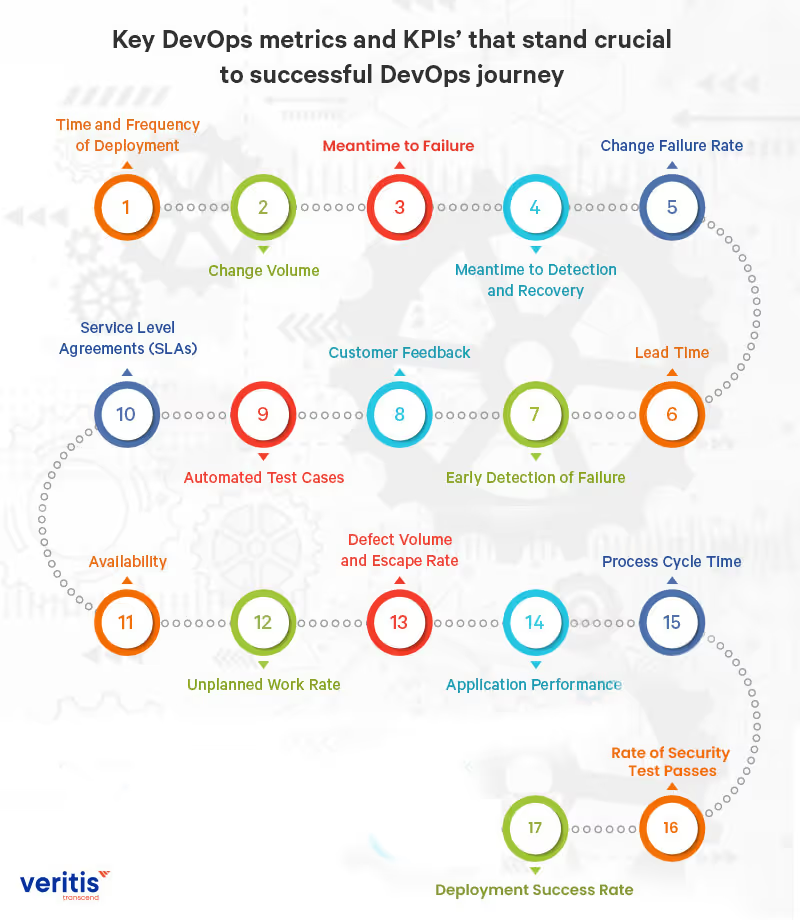
So, that’s the basics on choosing the best-fit team. If you’re looking for an expanded version, check out our full guide on DevOps outsourcing.
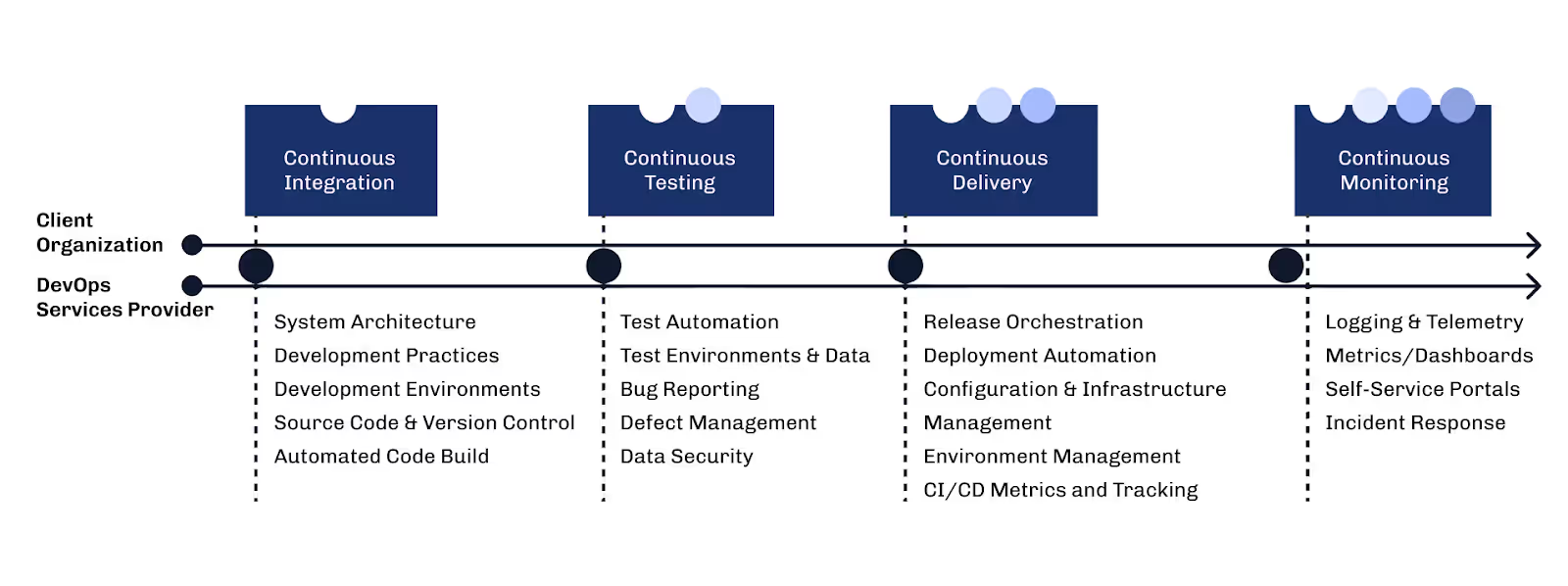
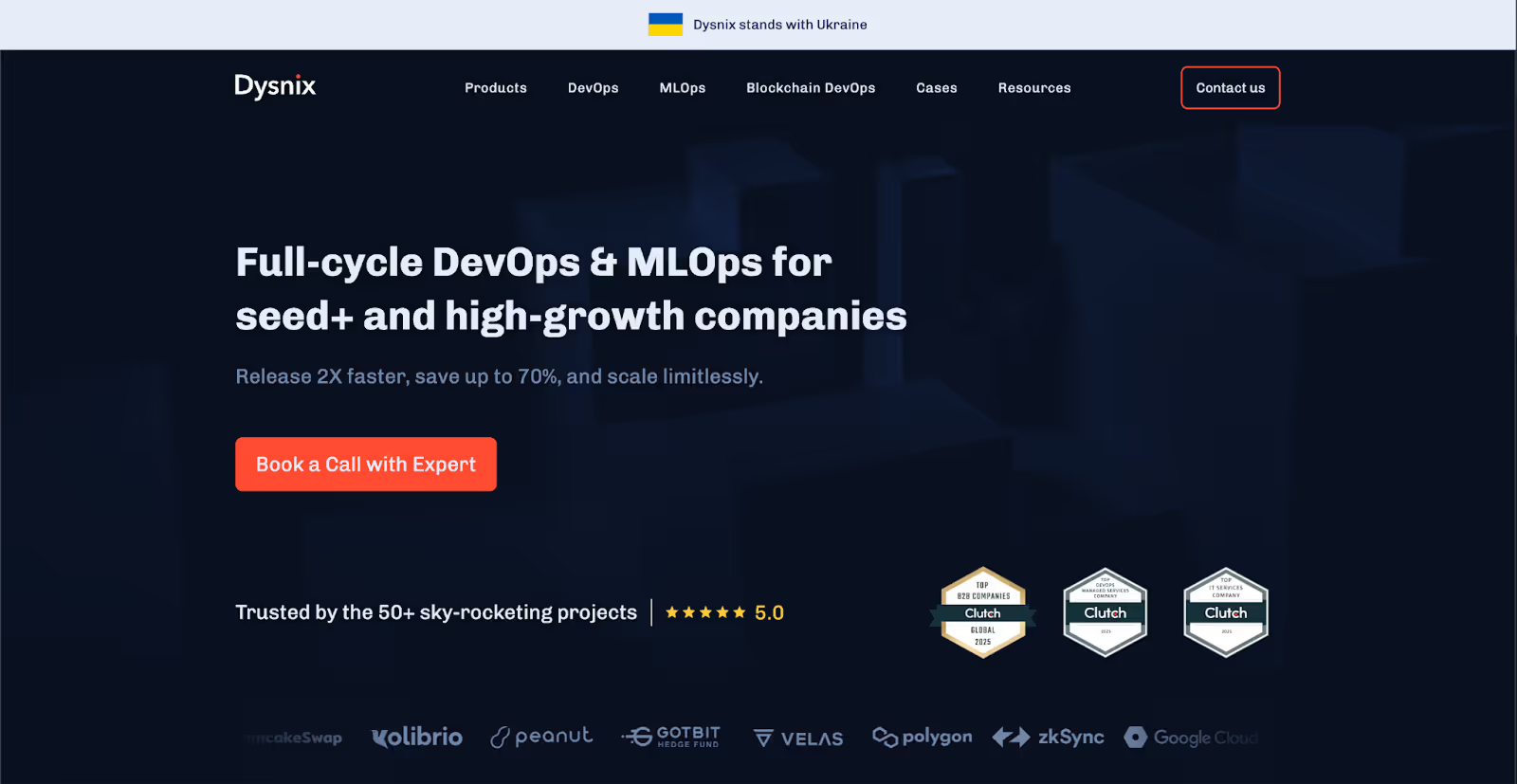
Dysnix stands out for deep expertise in high-load, AI/ML, and cloud-native infrastructure. Our team delivers tailored, resilient solutions for fast-growing startups and scale-ups worldwide. We’re known for hands-on engineering, transparent communication, and a relentless focus on reliability and automation.
Best for:
Dysnix excels in complex, high-velocity environments and is a leader in MLOps and SRE.
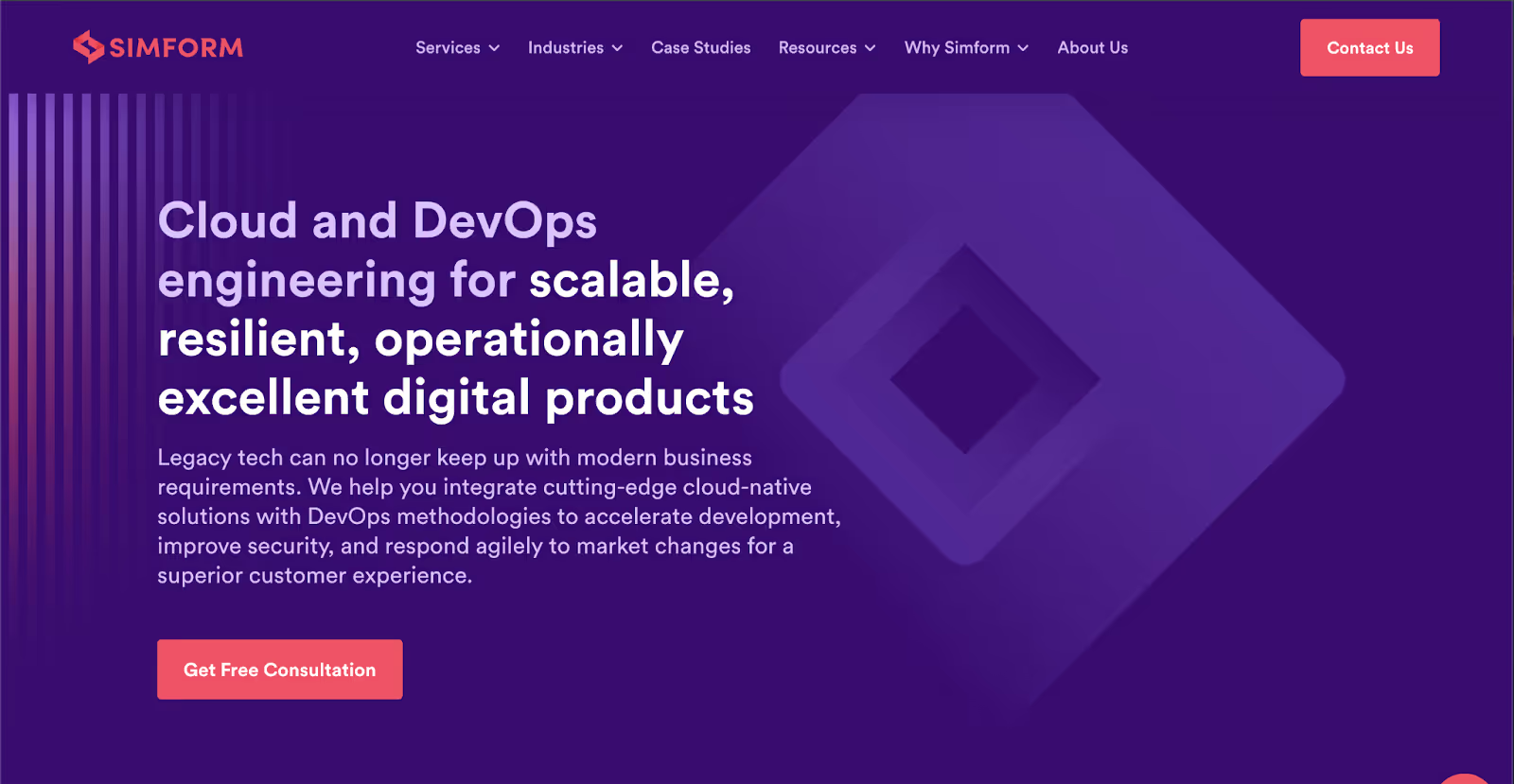
A leader in “DevOps as a Service,” Simform’s automation-first approach and secure cloud infrastructure make it a top choice for scaling digital businesses. Their global reach and robust delivery model are impressive.
Best for:
Simform’s global delivery and automation-first approach suit fast-growing digital businesses.
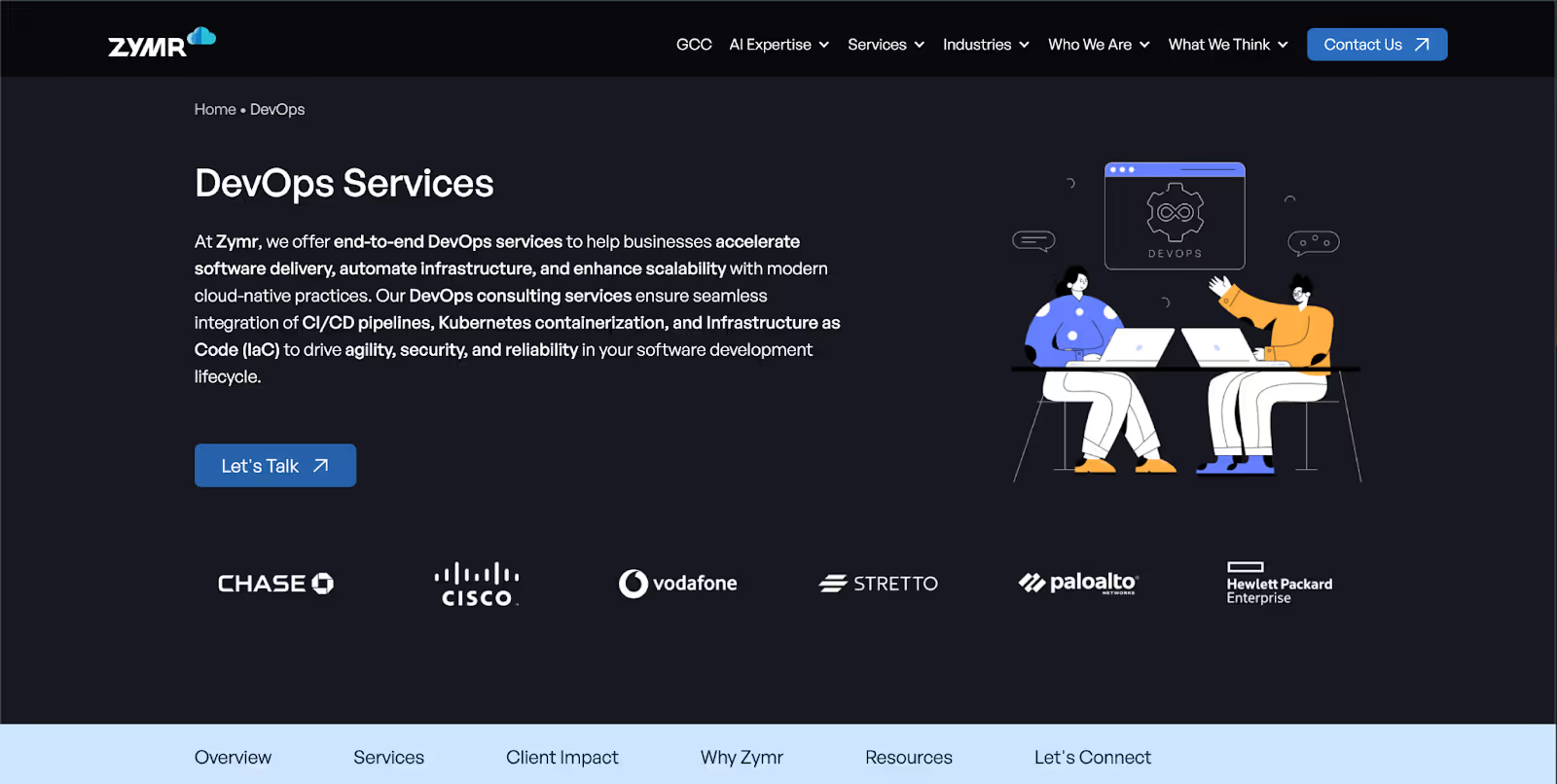
Silicon Valley-based Zymr is recognized for enterprise DevOps, AI-native frameworks, and cloud-native product development. Their innovation and technical depth are a benchmark for the industry.
Best for:
Zymr is strong in AI/ML, cloud, and enterprise DevOps frameworks.
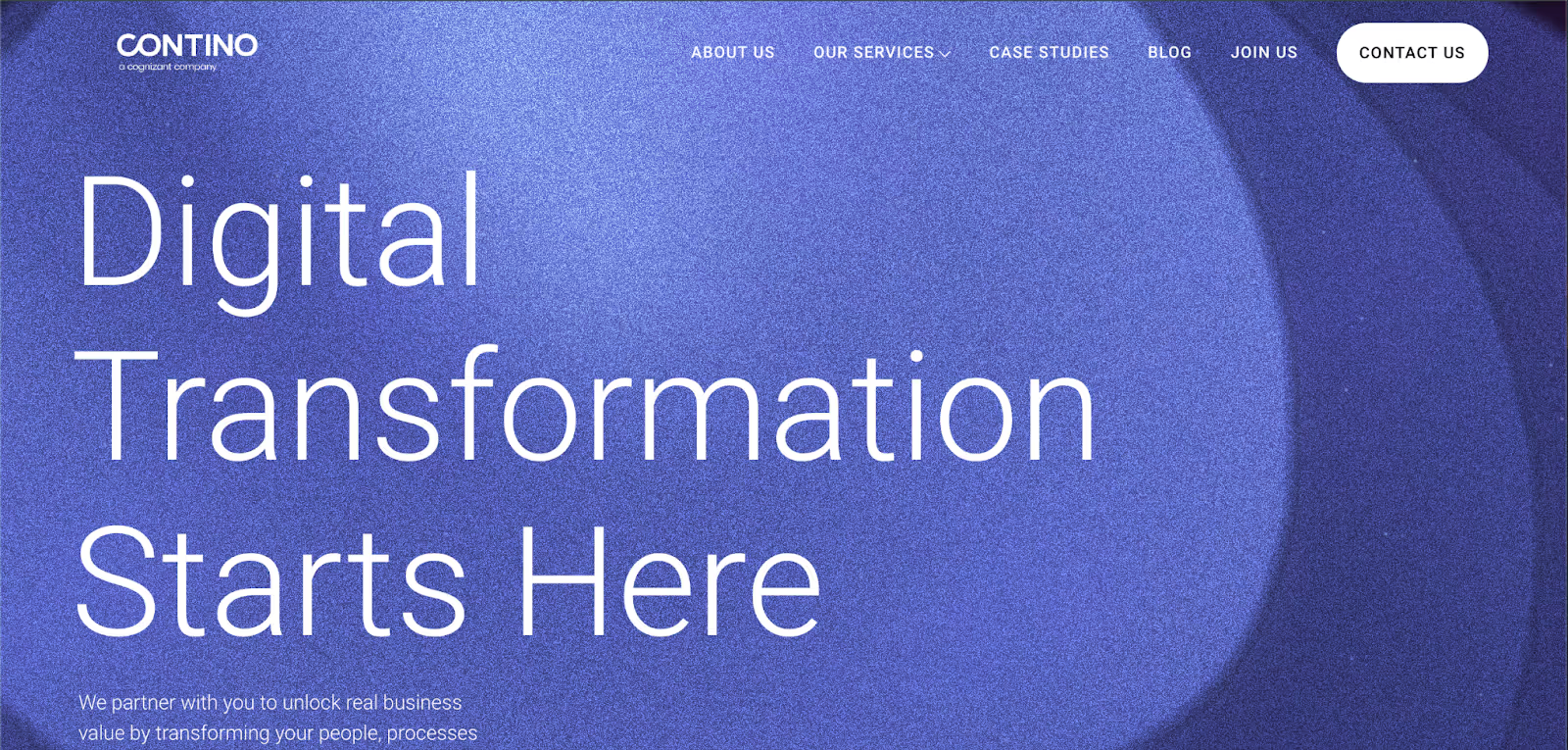
Contino is a global DevOps and cloud transformation consultancy, trusted by enterprises for complex modernization, automation, and SRE. Their hands-on, outcome-driven approach is ideal for organizations seeking rapid, secure, and scalable digital change.
Best for:
Contino specializes in complex, regulated, and global transformation projects.
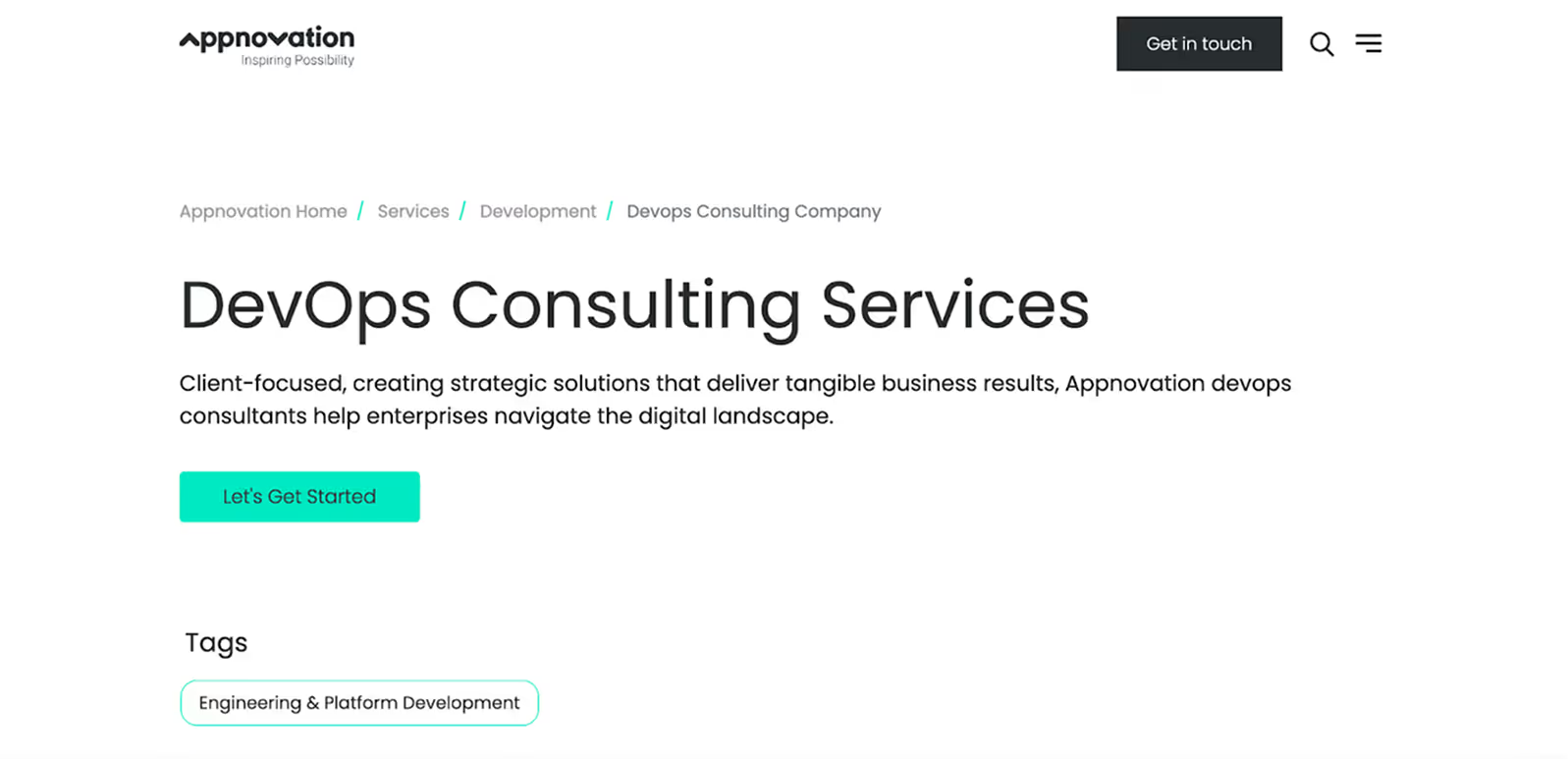
A global consultancy with strong expertise in cloud migration and open-source toolchains. Appnovation’s enterprise focus and flexible delivery make them a solid partner for digital transformation.
Best for:
Appnovation is a global consultancy with a strong cloud and open-source focus.
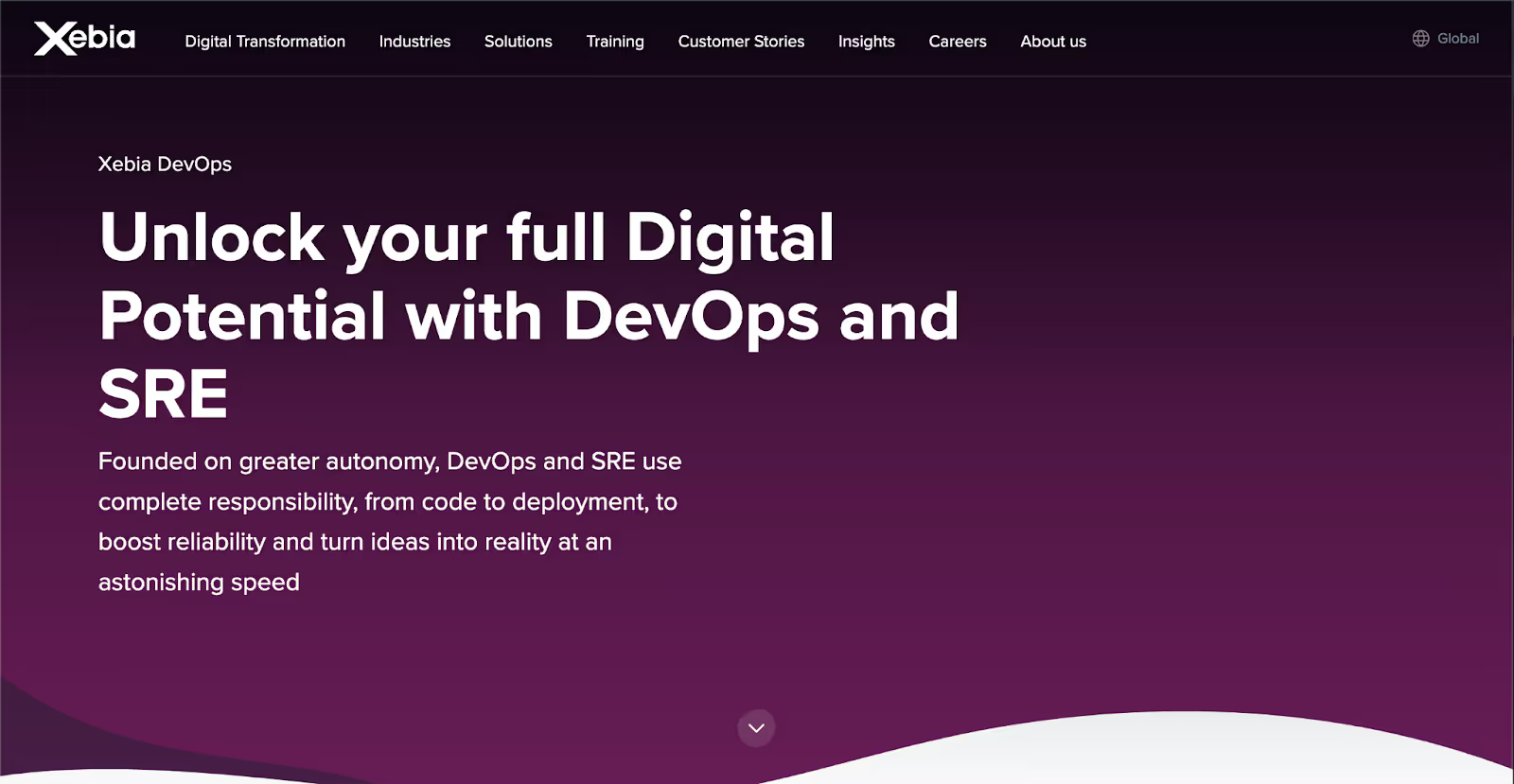
Xebia is a global leader in DevOps, SRE, and cloud transformation, known for driving digital innovation at scale. Their hands-on approach and focus on automation and reliability make them a trusted partner for enterprises worldwide.
Best for:
Xebia is a global leader in DevOps, SRE, and MLOps for complex, high-scale projects.
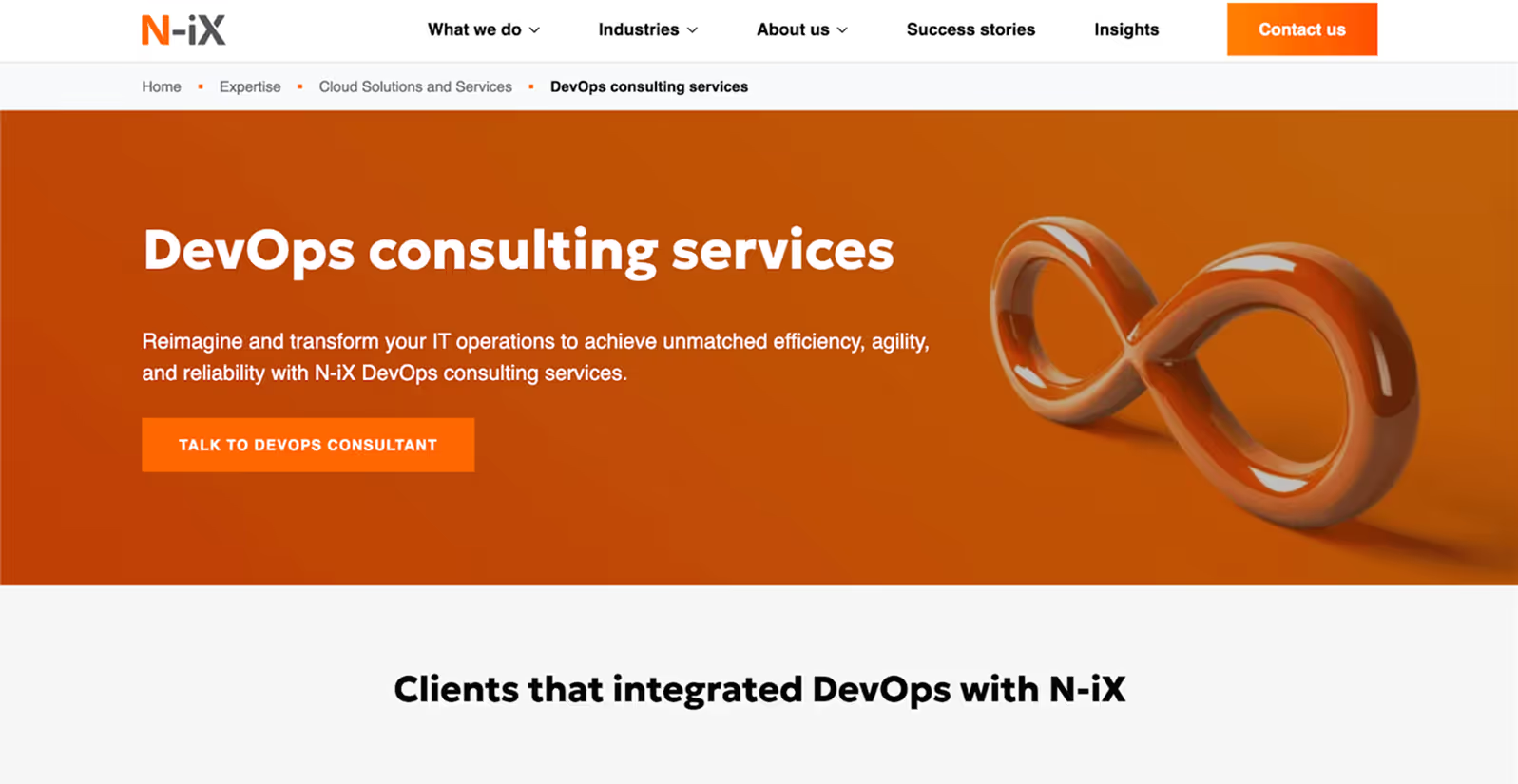
N-iX is a top Ukrainian DevOps and cloud engineering company, serving Fortune 500s and high-growth tech firms across Europe and the Americas. Their expertise in cloud migration, CI/CD, and infrastructure automation is trusted by global leaders like Bosch, Siemens, and eBay.
Best for:
N-iX is trusted by Fortune 500s for DevOps, cloud, and automation.
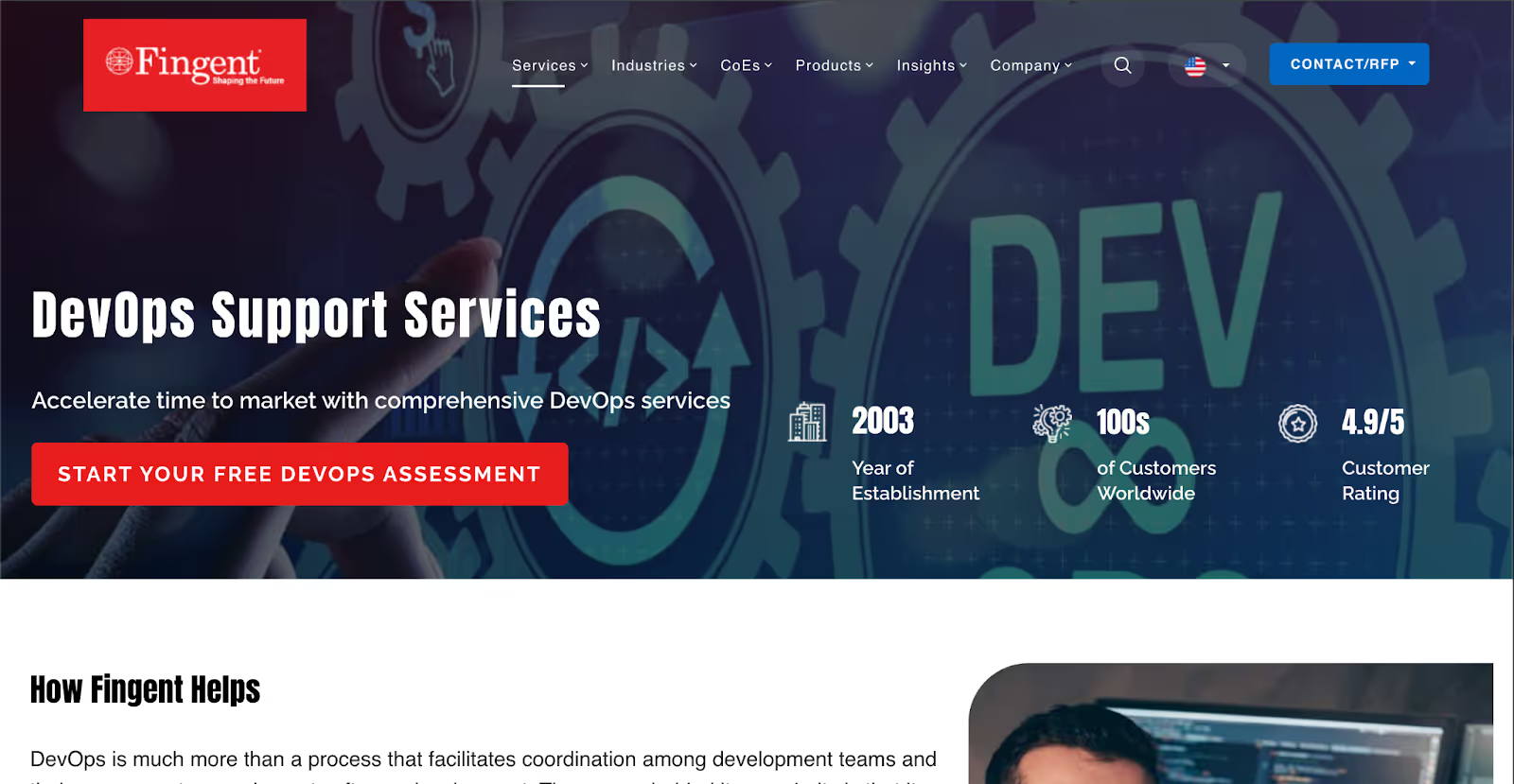
Fingent’s cloud-first, automation-focused DevOps engineers excel at streamlining workflows for mid-sized enterprises. Their emphasis on pipeline automation aligns with Dysnix’s engineering philosophy.
Best for:
Fingent is known for practical, automation-focused DevOps.
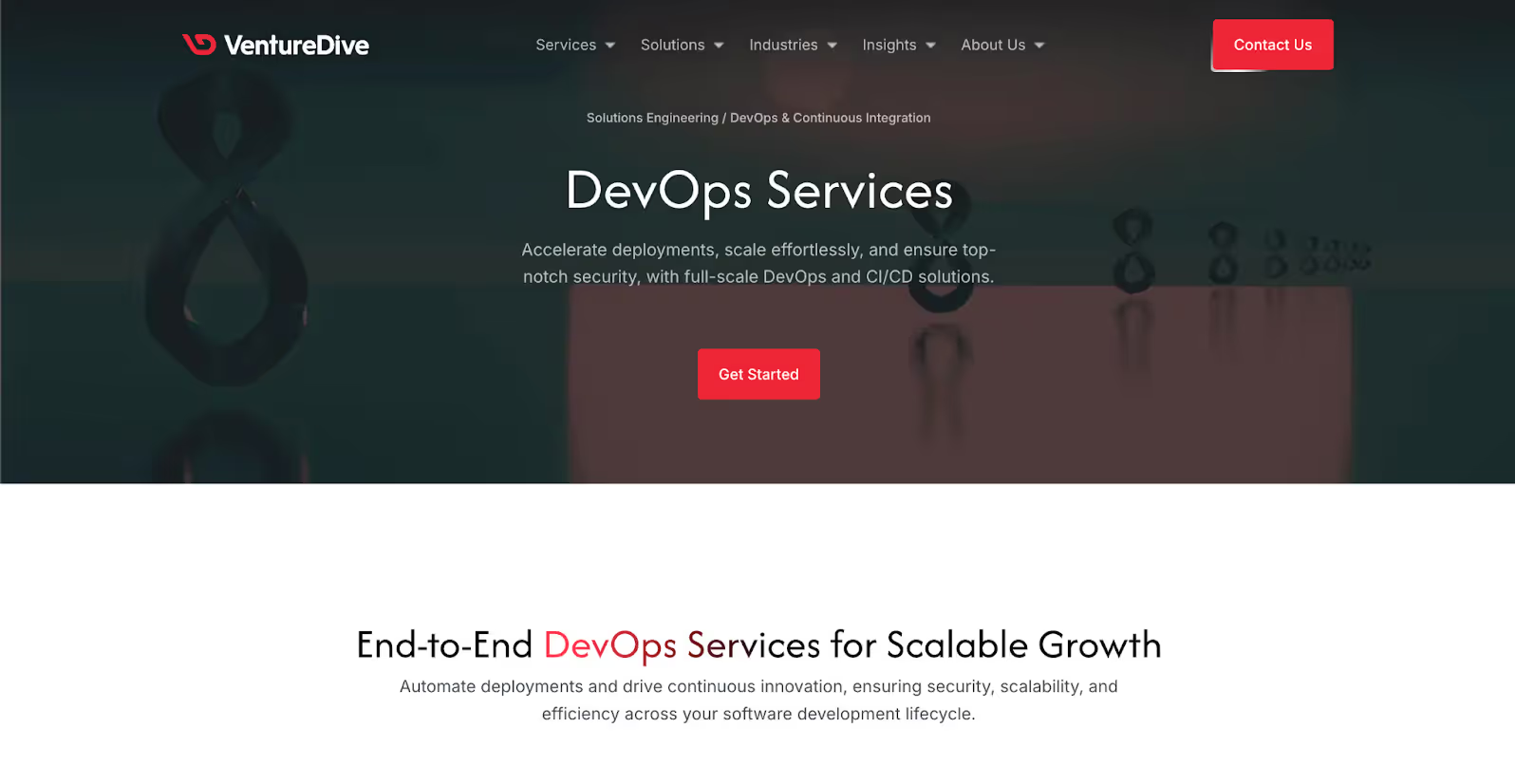
A rising star in SaaS and Fintech DevOps, VentureDive’s strengths in IaC, hybrid cloud, and automated testing make them a strong choice for regulated and fast-moving industries.
Best for:
VentureDive is strong in regulated, high-growth sectors.
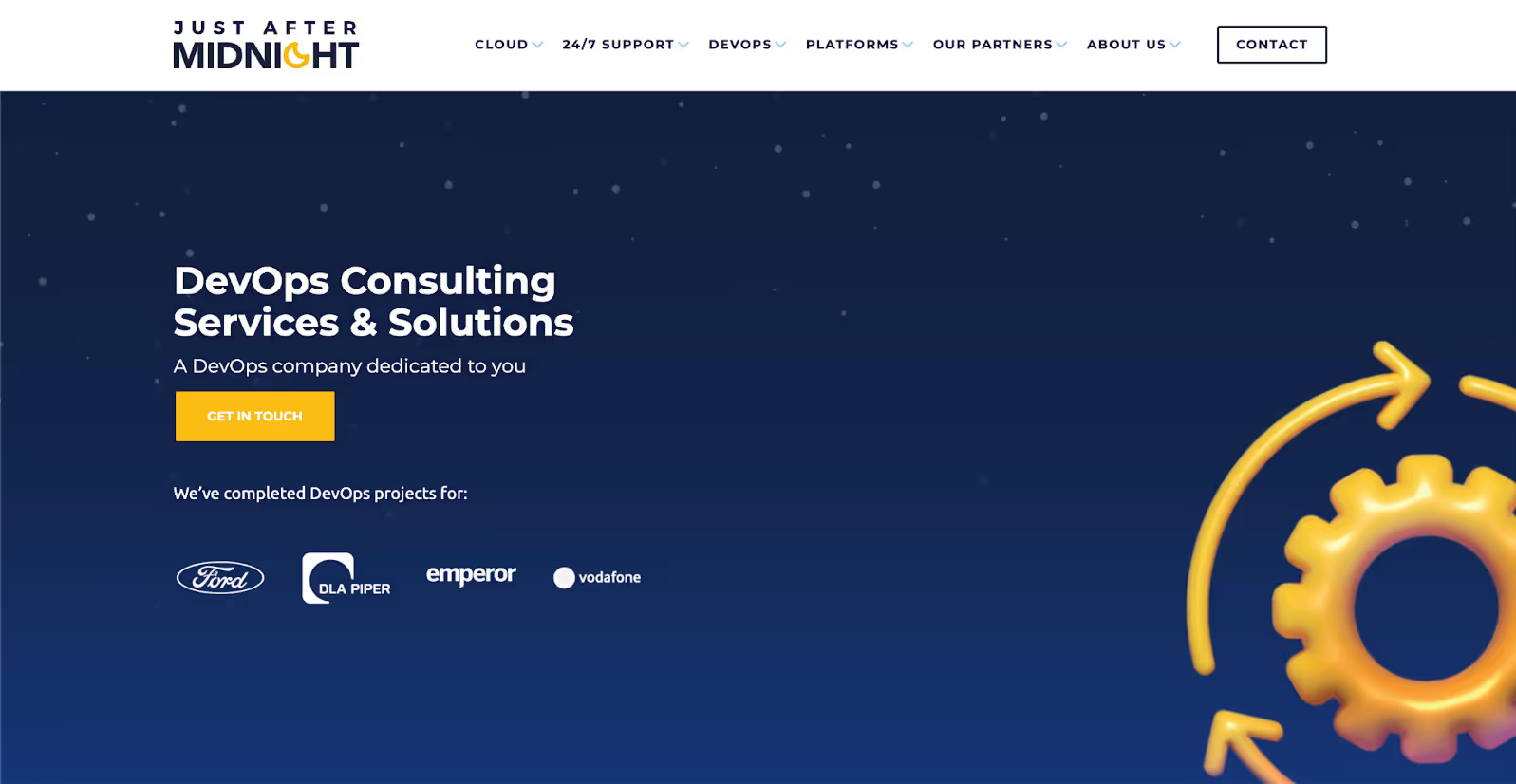
A trusted global partner for 24/7 support, cloud enablement, and managed services. Their proactive monitoring and incident response are valued by enterprises needing always-on reliability.
Best for:
JAM is a go-to for always-on support and cloud enablement.
Here are the service packs we’re going to observe and compare:
For the most impatient readers, TL;DR of our research:
The difference between DevOps service packs is summed up in the table:
| Company | SRE | Cloud cost optimization | Database management & optimization | AI/ML infrastructure & MLOps | 24/7 monitoring & Support |
|---|---|---|---|---|---|
| Dysnix | ✔️ | ✔️ | ✔️ | ✔️ | ✔️ |
| Simform | ✔️ | ✔️ | ✔️ | ➖ | ✔️ |
| Zymr Inc. | ✔️ | ✔️ | ✔️ | ✔️ | ➖ |
| Contino | ✔️ | ✔️ | ✔️ | ➖ | ✔️ |
| Appnovation | ➖ | ✔️ | ✔️ | ➖ | ✔️ |
| Xebia | ✔️ | ✔️ | ✔️ | ✔️ | ✔️ |
| N-iX | ✔️ | ✔️ | ✔️ | ✔️ | ✔️ |
| Fingent | ✔️ | ✔️ | ✔️ | ➖ | ✔️ |
| VentureDive | ➖ | ✔️ | ✔️ | ➖ | ✔️ |
| Just After Midnight | ➖ | ➖ | ➖ | ❌ | ✔️ |
Legend:
✔️ = Service is officially offered and promoted
➖ = Limited/optional or by request
❌ = Not a core/advertised service
We’ve also prepared a short guide on who fits whom from our rating list, according to requests and typical requirements for the mentioned teams:
We hope this helps clarify the non-linear decision you’re facing regarding DevOps hiring as a CTO.
This guide moves beyond checklists, urging founders to look for partners who embed SRE, MLOps, and security by design into their DNA—because in 2025 and beyond, automation and resilience are not optional, but existential.
We all are standing on the moving ground: as generative AI, edge computing, and regulatory complexity accelerate, the DevOps counterpart you choose today must be a co-architect of your future, not just a service provider.




